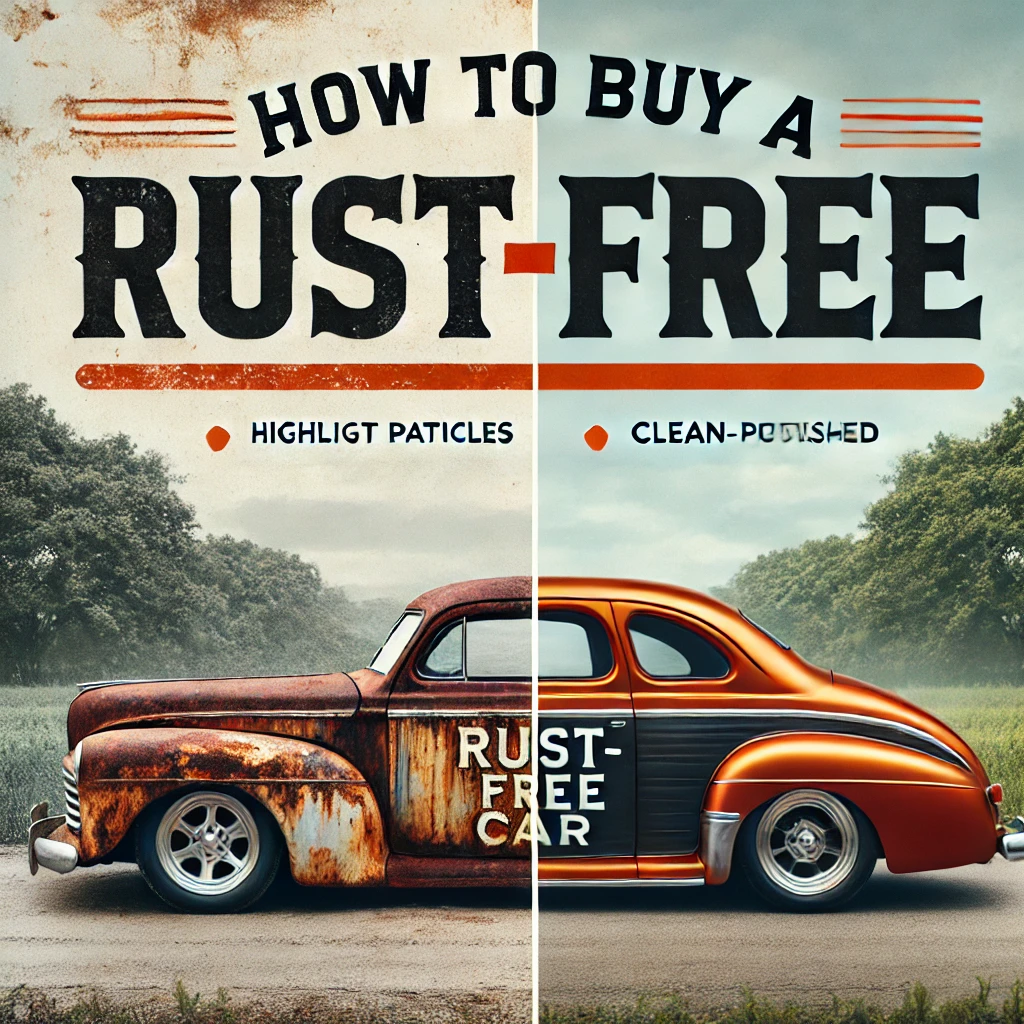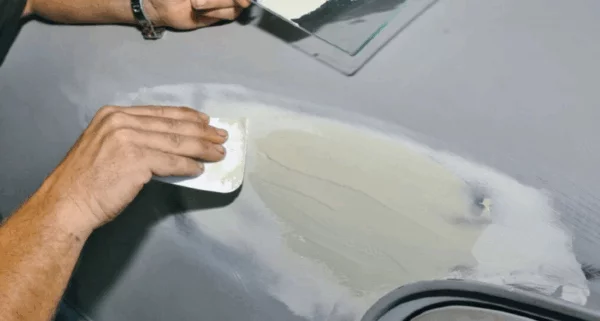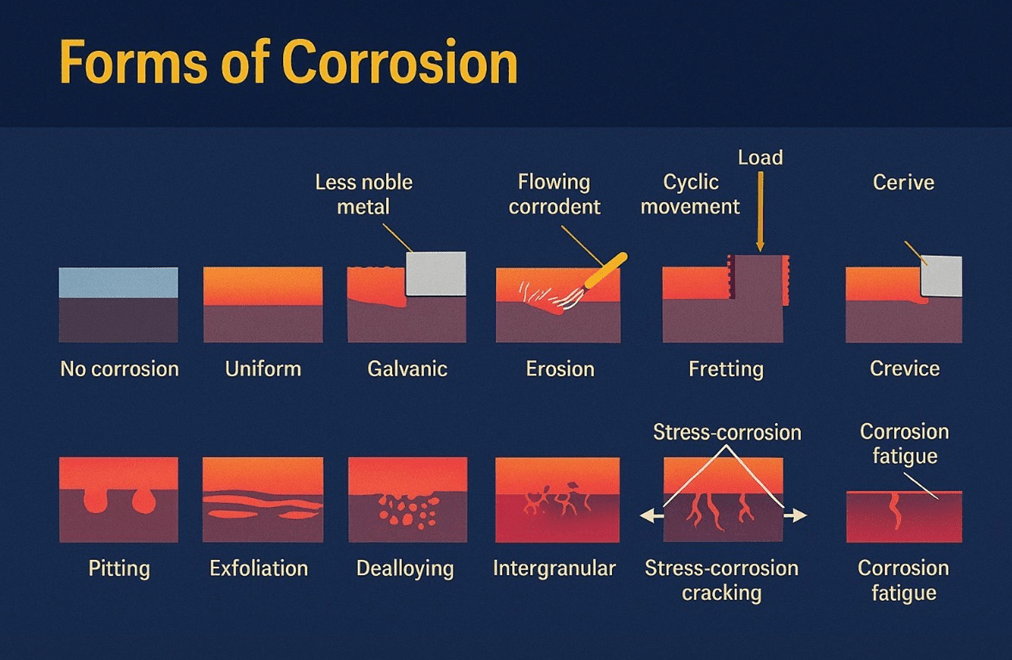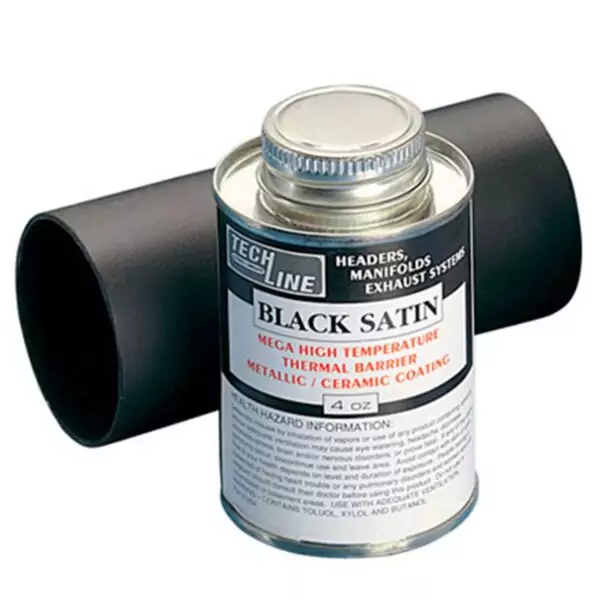How to Buy a Rust-Free Car
How to Buy a Rust-Free Car
If you're looking for a rust-free car, your best chances are in regions with dry, warm climates, such as California, USA. However, when searching for vehicles over 10 years old—especially classics—finding one completely free of rust becomes more challenging. Fortunately, with the right approach, you can spot rust and corrosion without needing to dismantle the car on the seller’s driveway.
Here’s a step-by-step guide to help you make an informed purchase.
1. Do Your Research
Avoid impulse buying and research your chosen make and model before viewing any vehicle. A quick online search such as “Lancia Beta 1974 rust problems” (be warned, this example may crash your computer!) will highlight common corrosion issues.
For cars under 20 years old, online reviews and owner forums often identify recurring rust problems. If the vehicle is older, check for dedicated car clubs and forums where enthusiasts discuss specific rust-prone areas for that model. Thorough research ensures you're well-prepared before you inspect the car in person.
2. How to Check for Rust and Corrosion
Spotting Exterior Rust
Start with a visual inspection of the bodywork. Minor surface rust along the edges is generally not a major concern and can be repaired. However, bubbling paint is a serious red flag—it often means corrosion is forming underneath, which may require expensive welding.
Key Areas to Inspect for Rust:
- Sills (beneath the doors): Look for bubbling paint, cracks, or soft spots. Gently press the area—if you hear a crackling sound, rust has likely eaten through the metal.
- Door Bottoms and Pillars: Open the doors and inspect the edges. Push the door pillars—any movement or crunching noise suggests serious corrosion.
- Wheel Arches: Feel behind any plastic liners for trapped dirt or moisture, as these areas are hotspots for rust.
- Underneath the Car: Scrape any flaky rust with a screwdriver. If solid metal is underneath, it's likely just surface rust. However, if layers of rust are present, a deeper issue may exist. Also, check suspension mounts for corrosion.
3. Checking for Past Repairs
Assess Panel Alignment
Look at the shut lines (gaps between panels). If they are even and symmetrical, it’s a good sign. However, uneven gaps or misaligned panels could suggest poor crash repairs.
View the car from the side—the body should appear smooth and straight. Ripples or uneven reflections could indicate hidden damage.
Spotting Filler Use
If a car has been repaired with filler, it may indicate past damage or rust. Use these methods to check:
- Feel the panel edges – Metal edges should be thin and sharp (about 1.5mm). If edges feel rounded or thicker, filler may have been used.
- Use a small magnet – It won’t stick to filler, but it will adhere to steel.
- Tap the panels – Metal produces a hollow, ringing sound, whereas filler sounds dull and solid.
Checking for Crash Damage
Subtle signs of accident repairs include:
- Hammer marks in the spare wheel well – These indicate past bodywork repairs.
- Misaligned or new bolts – Particularly around the bonnet, boot, or doors, which may have been removed or replaced.
- Deformed metal behind headlights or inside the engine bay – These areas are often missed when repairing a crash-damaged car.
Is Body Filler Always a Deal-Breaker?
Not necessarily. Classic cars often have minor filler repairs in rust-prone areas such as door bottoms or wheel arches. If the repairs have been done properly, the car could still be a good buy.
However, for modern vehicles or high-value cars, any sign of filler is a major warning sign. Reputable dealers should not be selling cars with body filler issues.
4. Perform a Digital Vehicle Check
With over 20% of vehicles on the road having been damaged, checking the car’s digital history is a smart move. For a small fee, online services can provide:
- Accident history and repair records
- Previous ownership details
- Photos of the vehicle in its past condition
- Mileage records and service history
This step ensures you know the car’s full background before committing to a purchase.
Final Advice
Whether you’re a DIY enthusiast or prefer professional repairs, always buy the best car your budget allows. A car with rust often signals neglect in other maintenance areas.
If in doubt, walk away—there’s always another vehicle out there in better condition.
By following these tips, you’ll be far less likely to end up with a rust-riddled disaster!
Visit the Rustbuster Ltd website for more information on How to Buy a Rust-Free Car






